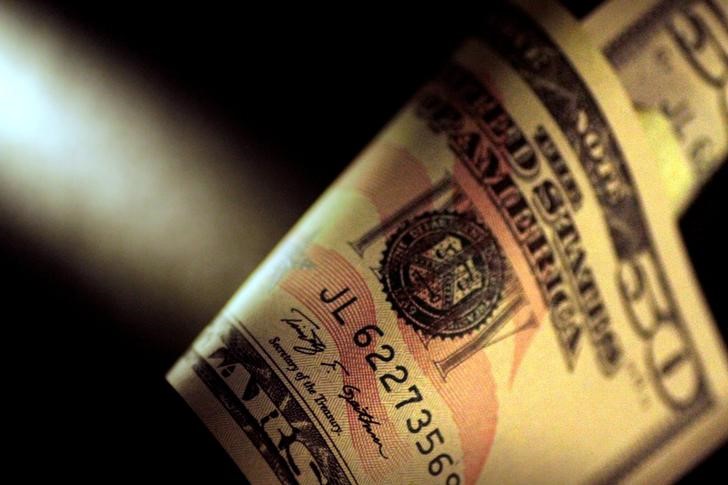Dollar has more downside as Fed cuts approach - Capital Economics
The U.S. dollar has had a difficult summer so far, and Capital Economics sees more downside over the next couple of years, citing unfavorable rate differentials and continued robust risk appetite.
The Dollar Index, which tracks the greenback against a basket of six other currencies, has weakened around 4% since July as weaker than expected activity and inflation data prompted markets ro reassess the path for interest rates in the U.S. and elsewhere.
“With the Fed set to finally start loosening policy and a soft landing still looking like the most probable outcome for the U.S. economy, we think unfavorable rate differentials and continued robust risk appetite will lead to some further weakness in the U.S. dollar over the next couple of years,” said analysts at Capital Economics, in a note dated Aug. 21.
The index is at its lowest level since late December 2023, although still quite strong in a long-term perspective. With Fed rate cuts now around the corner, the key question is whether that means the recent weakness in the dollar has further to run.
Evidence from the seven monetary easing cycles since the 1970s shows that the dollar strengthened for at least a year after the Fed Funds rate peaked on five occasions following a peak in short-term rates - although in three of those cases, the dollar did drop substantially later on.
Only in two episodes was a peak in the Fed Funds rate followed by a decline in the dollar. The main reason for this pattern is that Fed easing has most often come in the context of a weaker global economy.
Capital Economics thinks the Fed will cut rates by more than most of its peers, which means that short-term interest rate differentials will continue to shift against the U.S..
“That suggests the dollar will weaken a little further,” Capital Economics added.
Source: Investing.com
